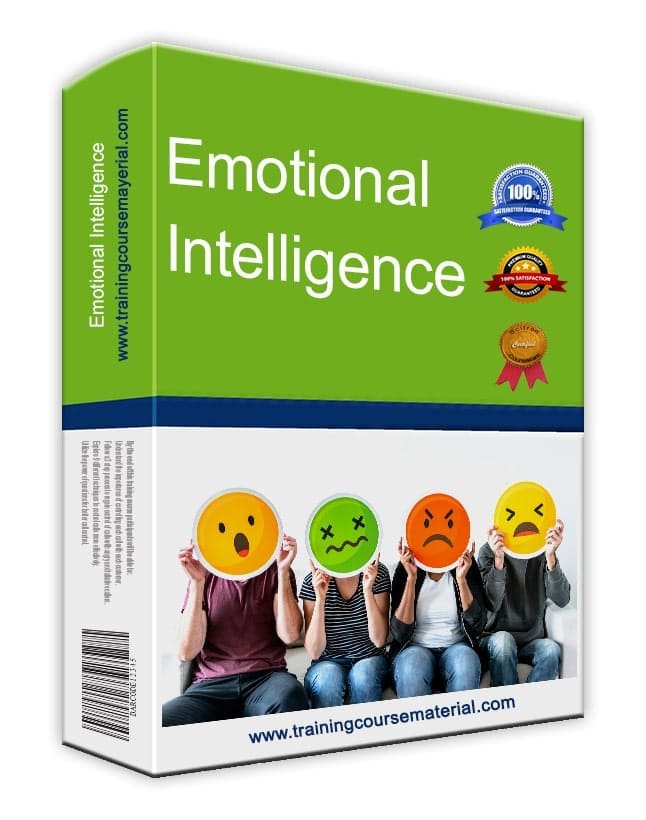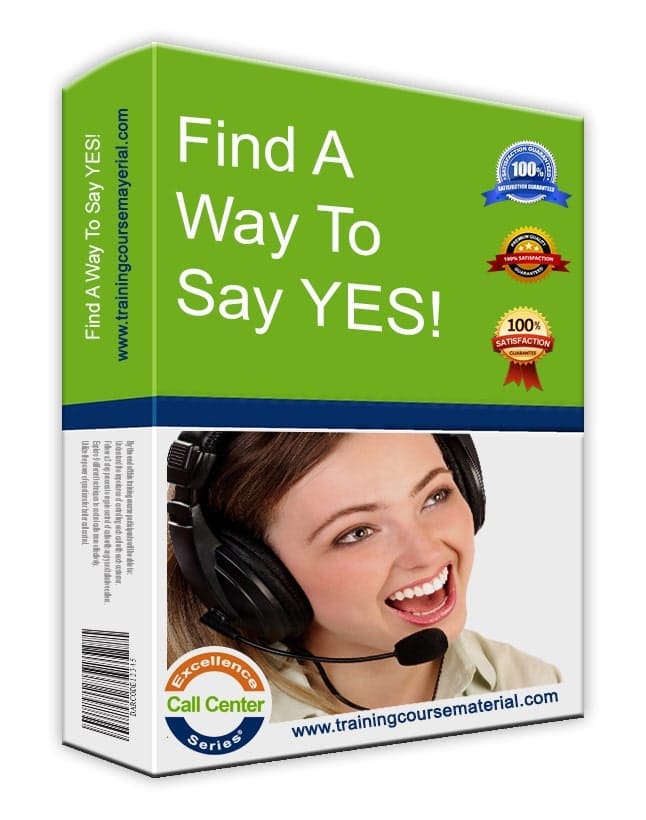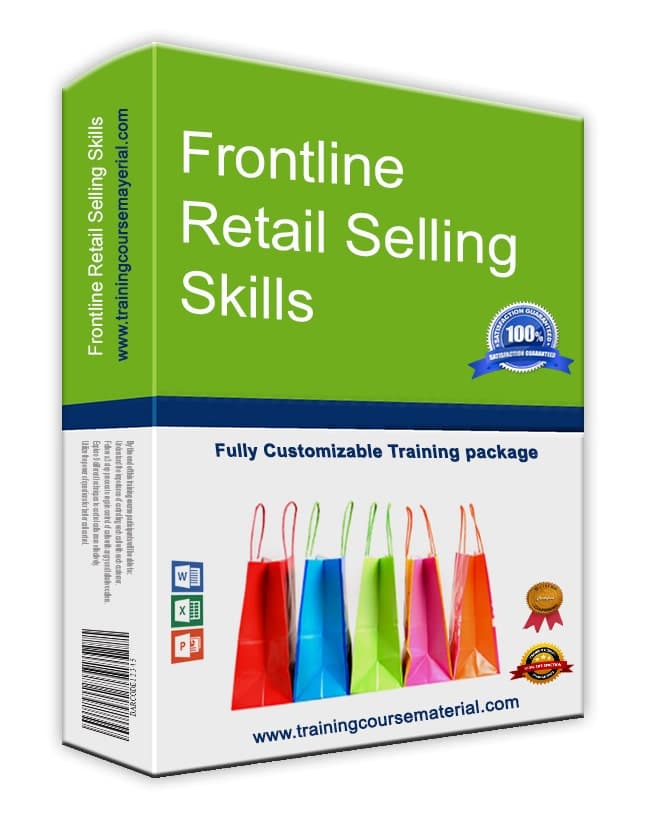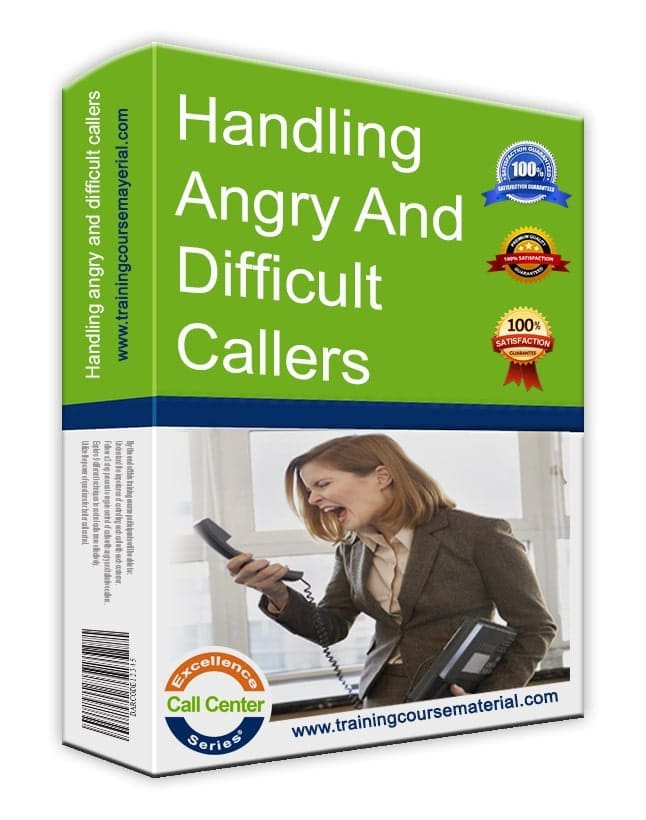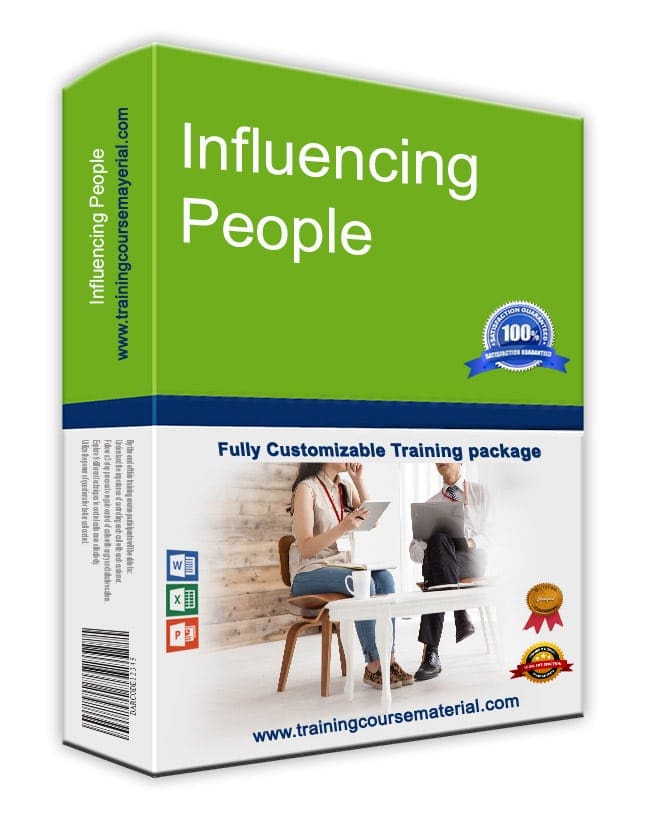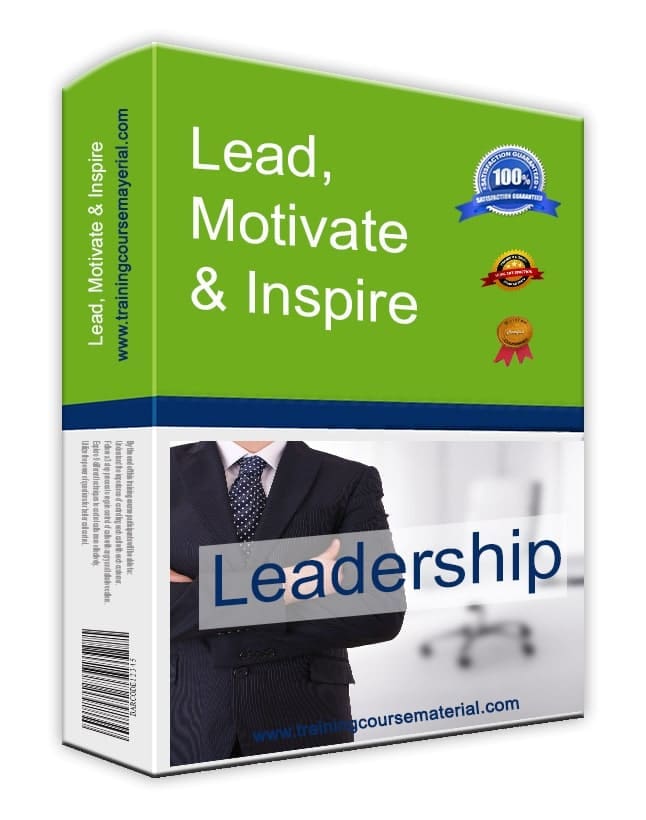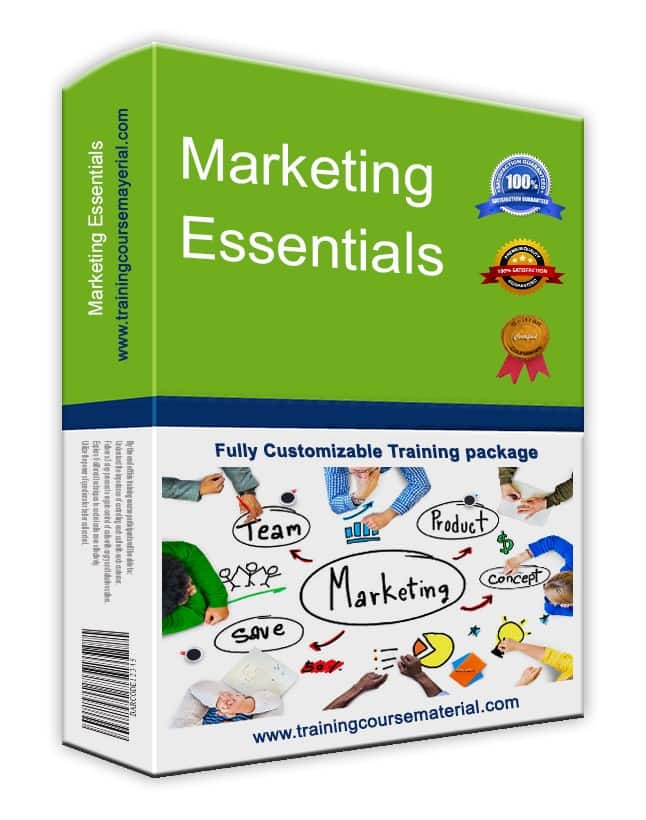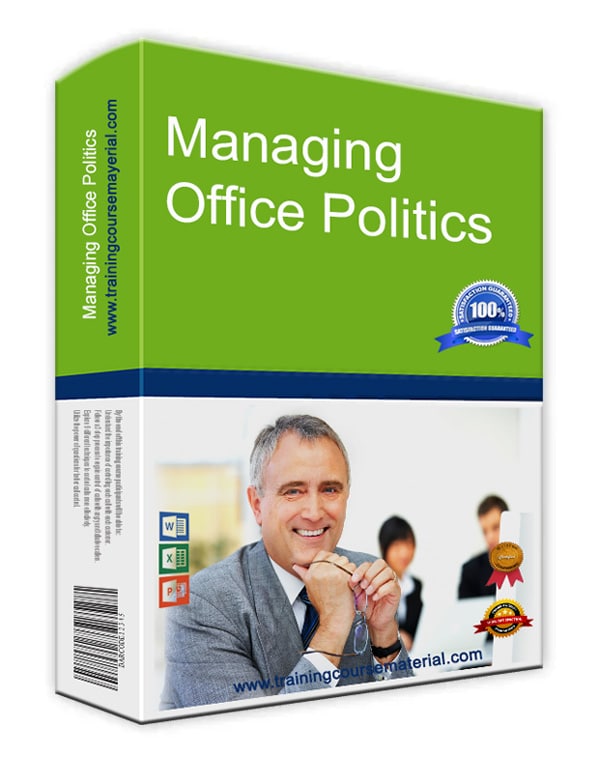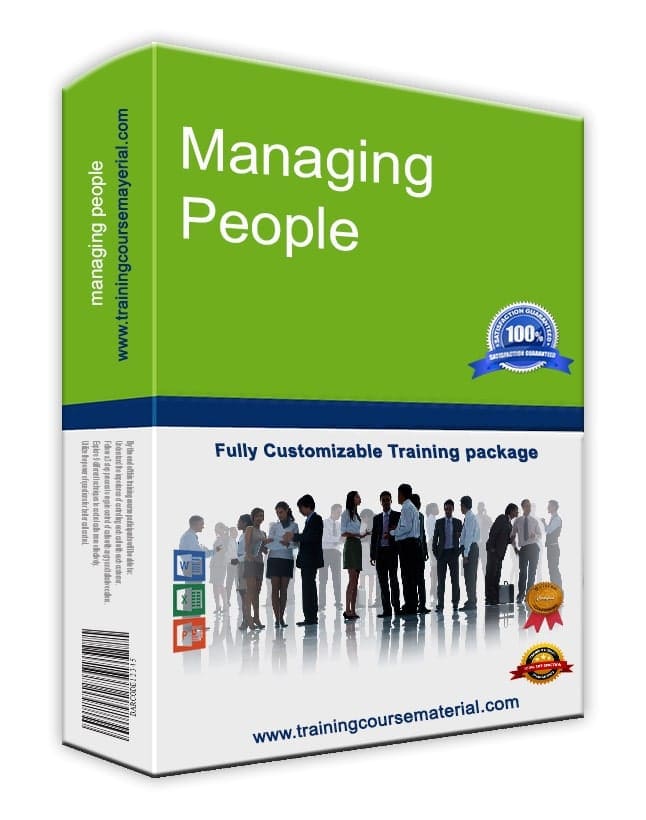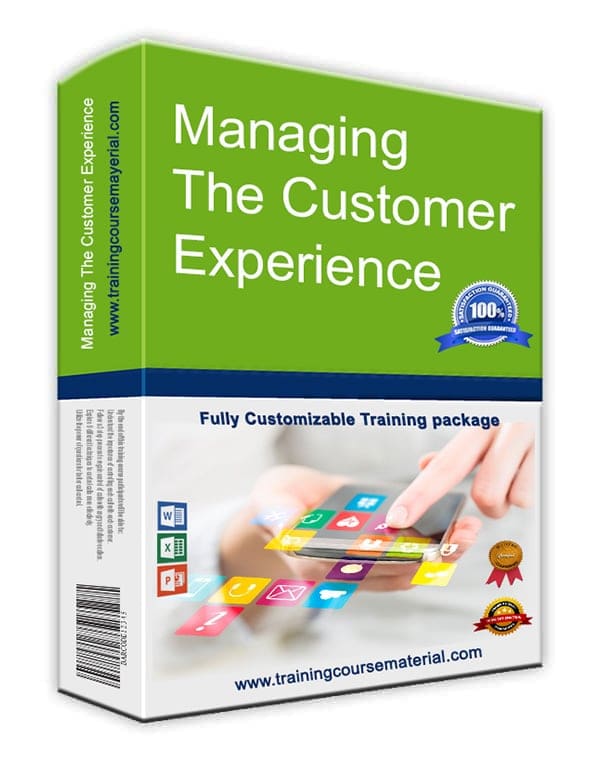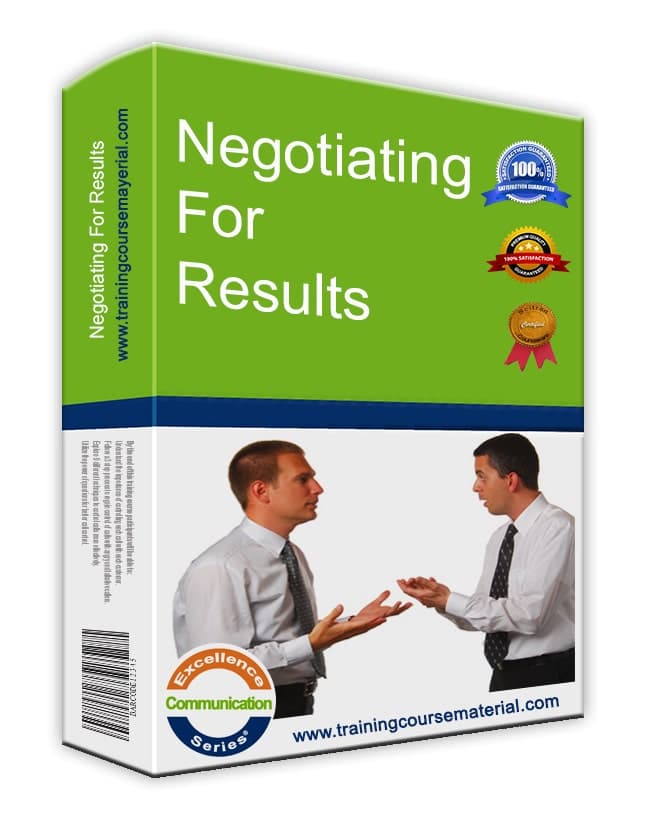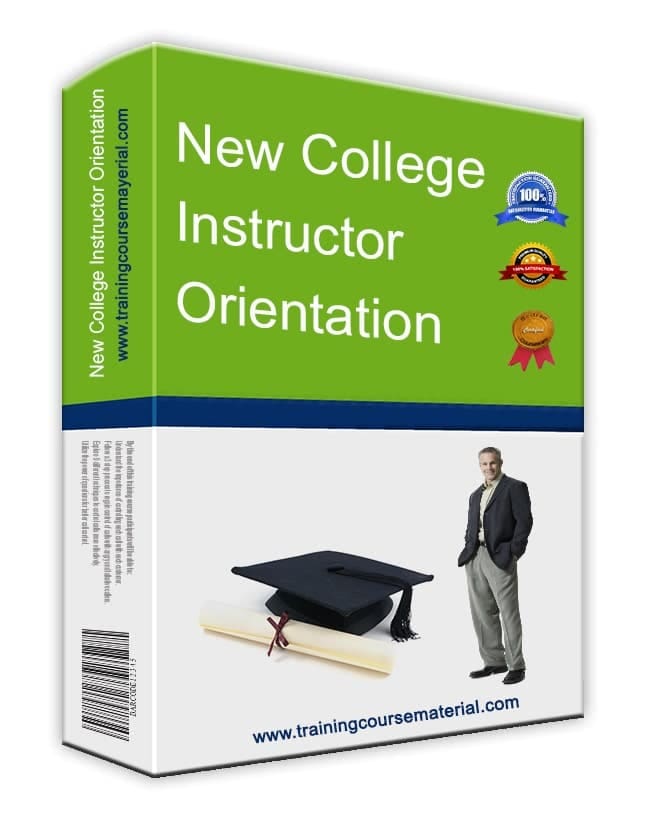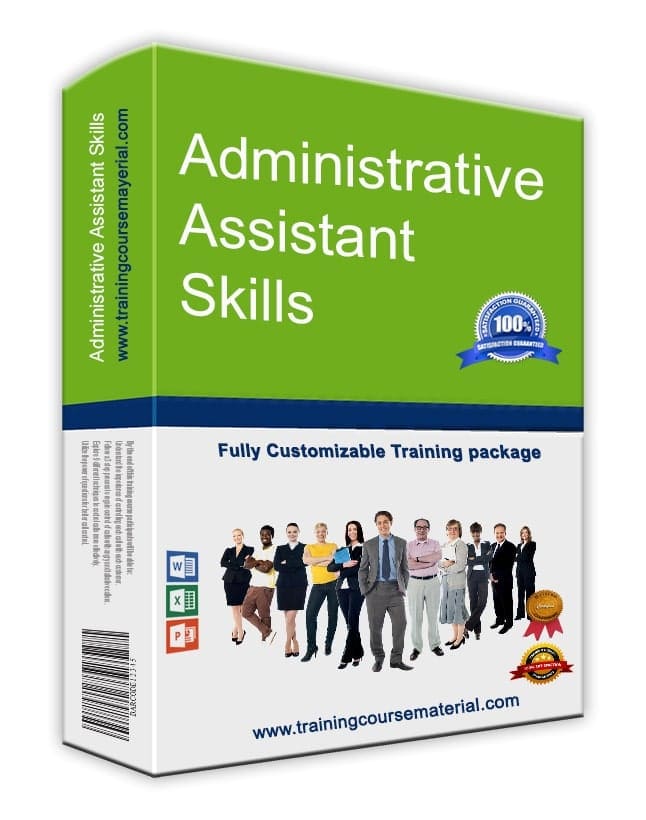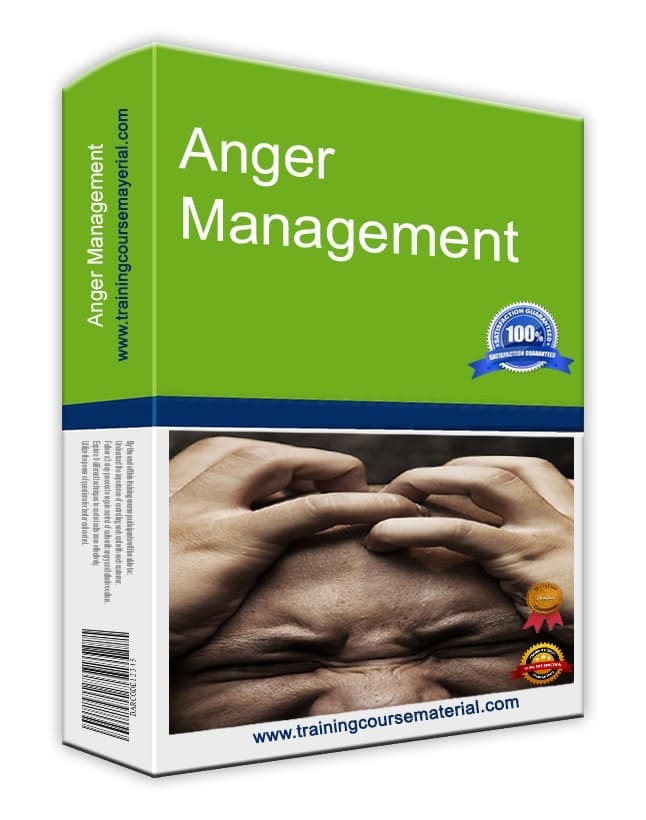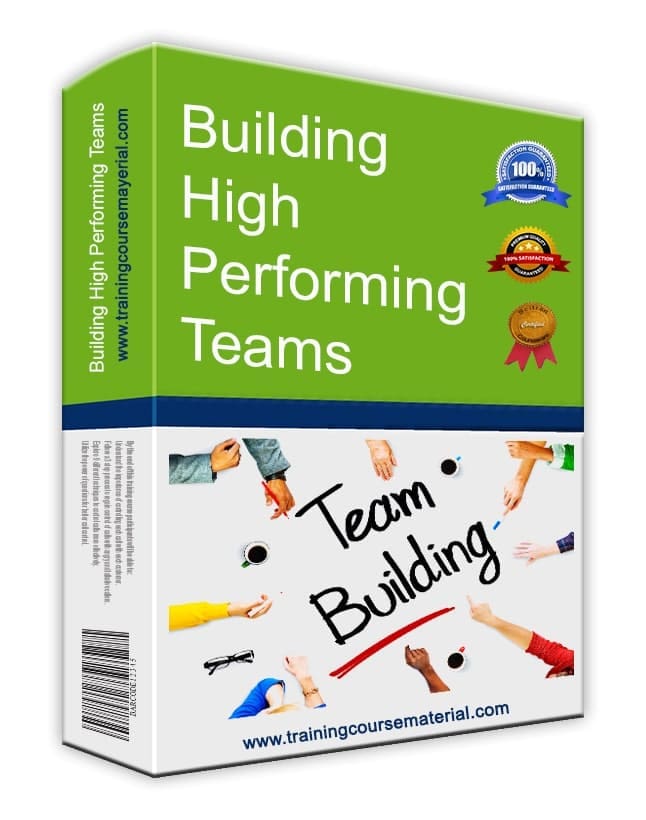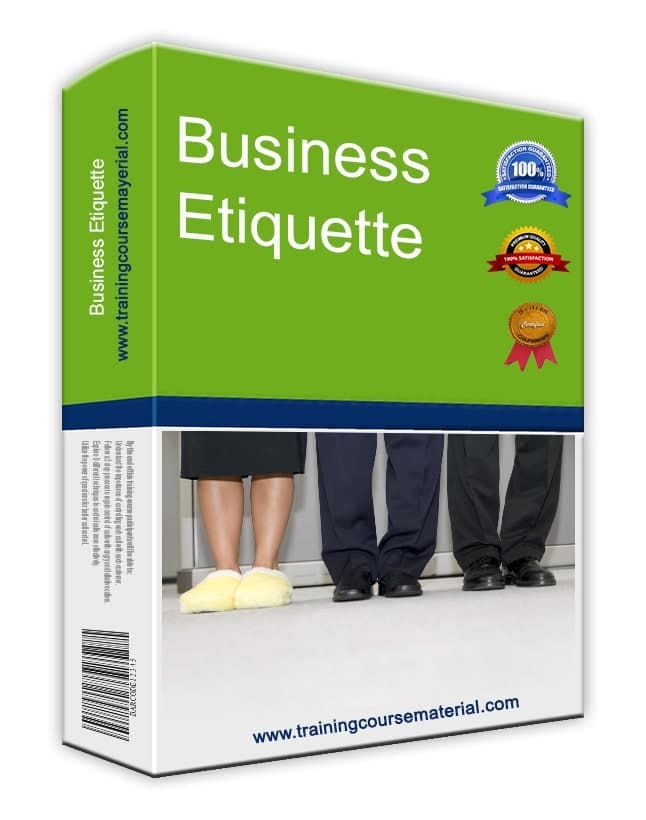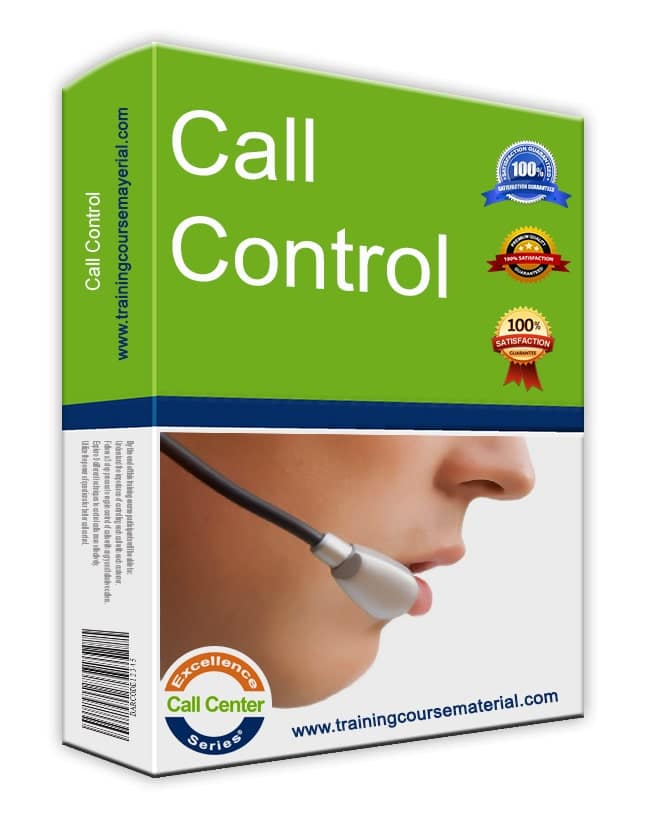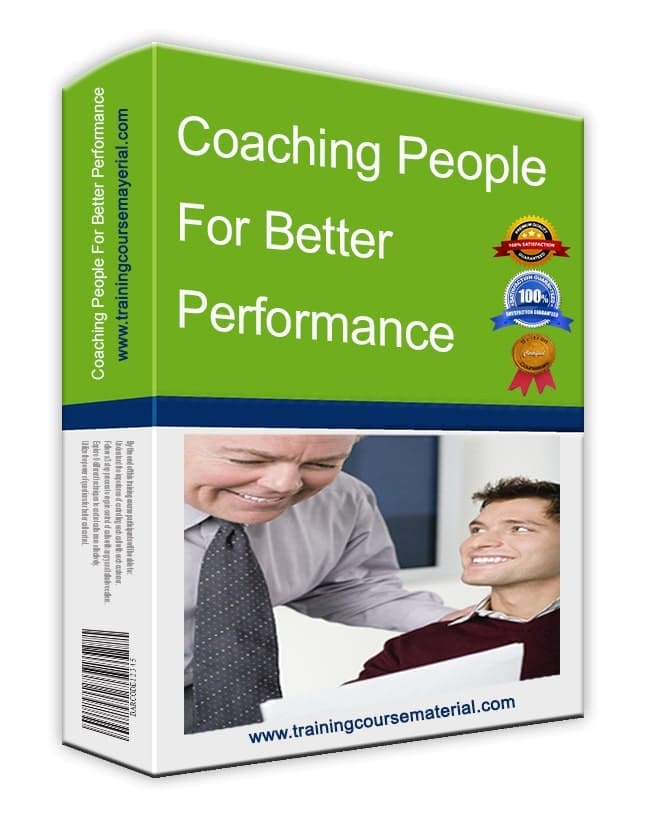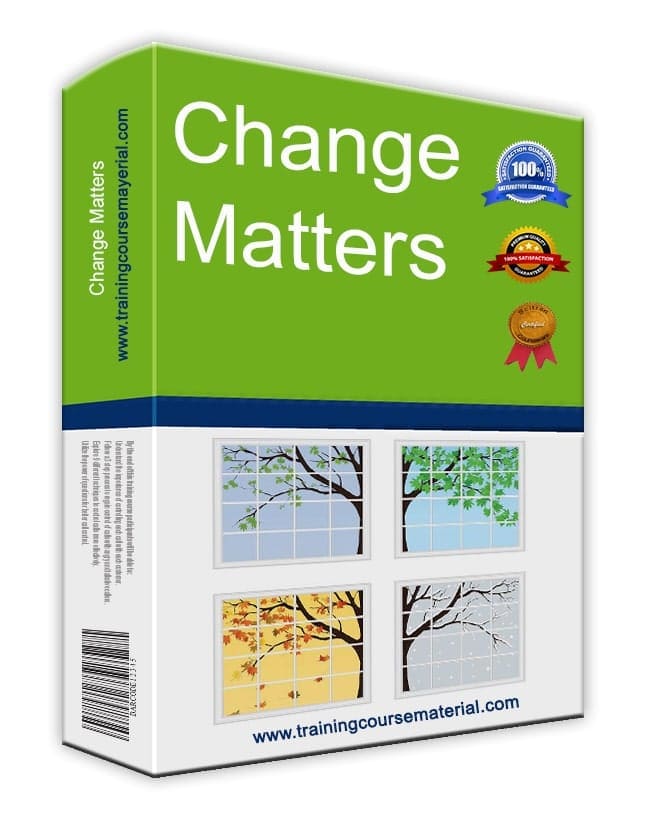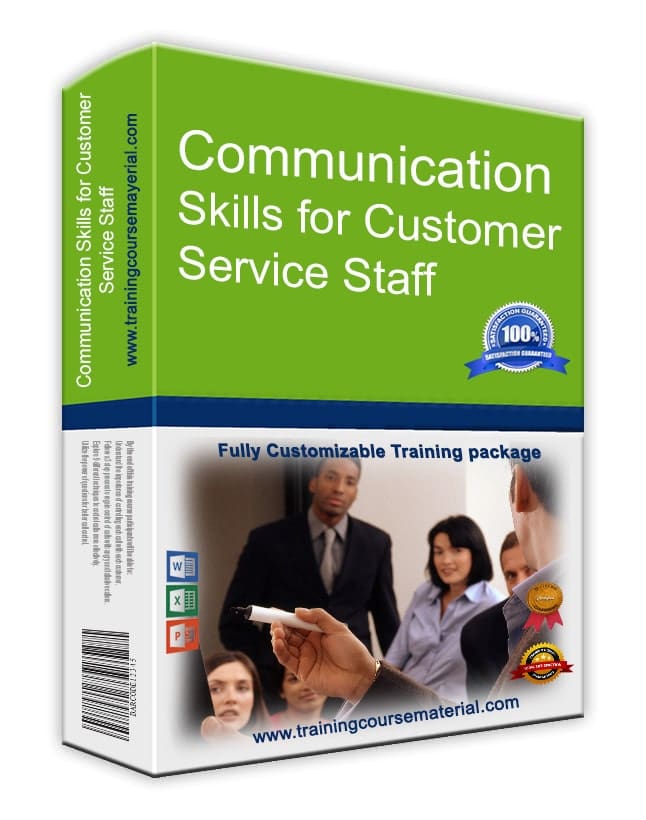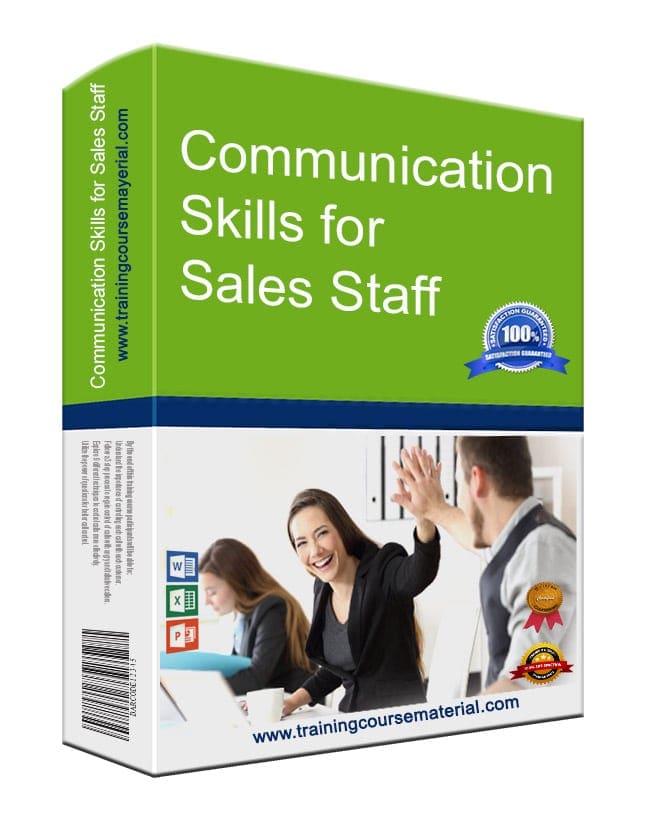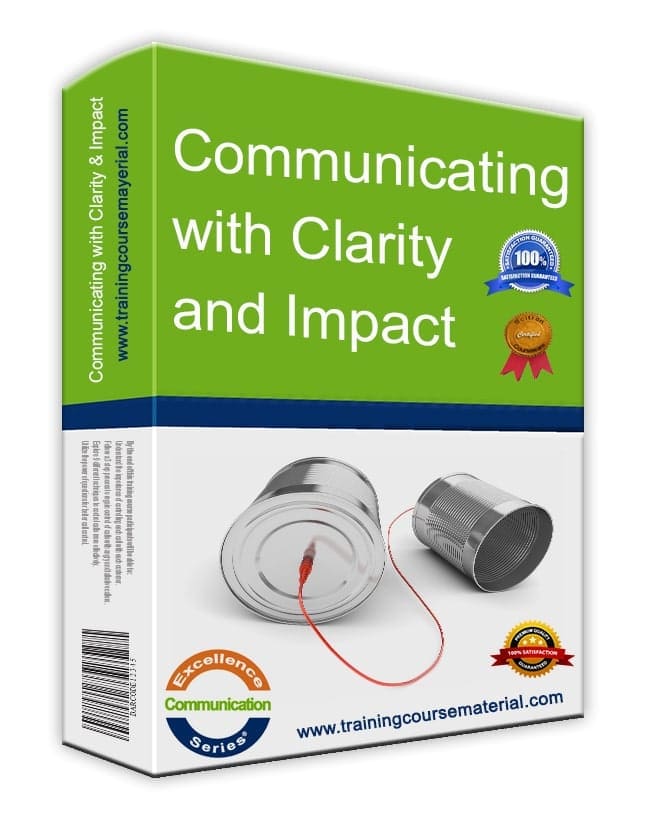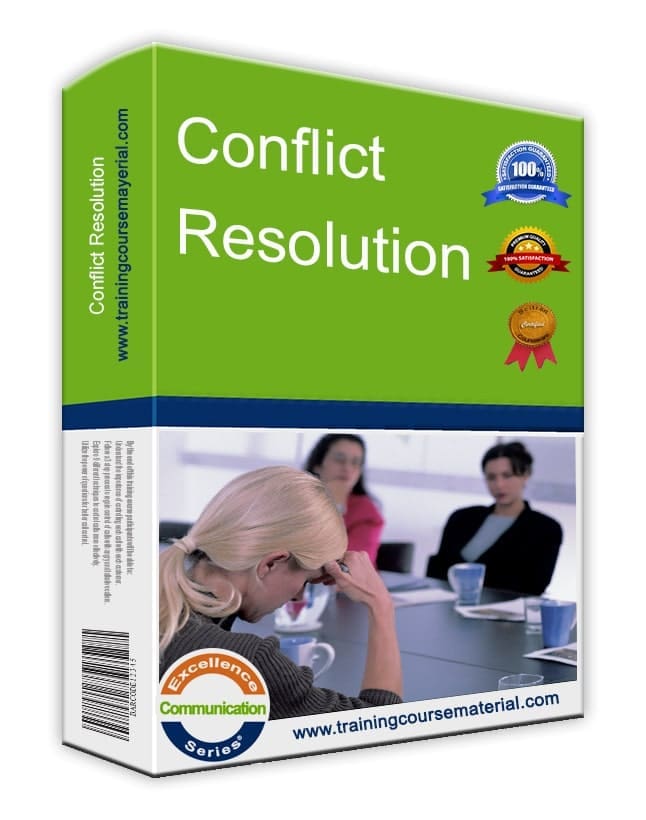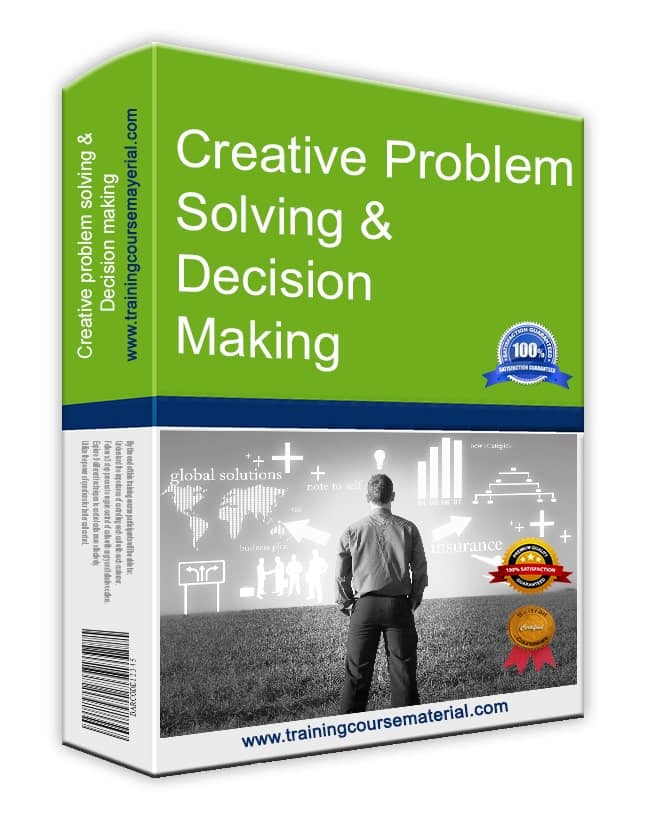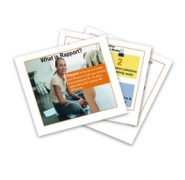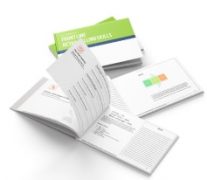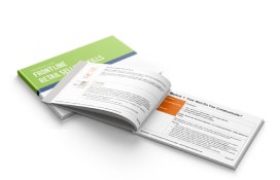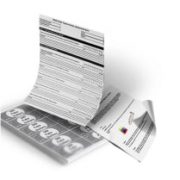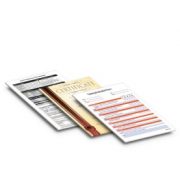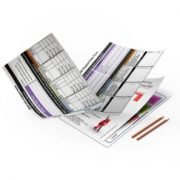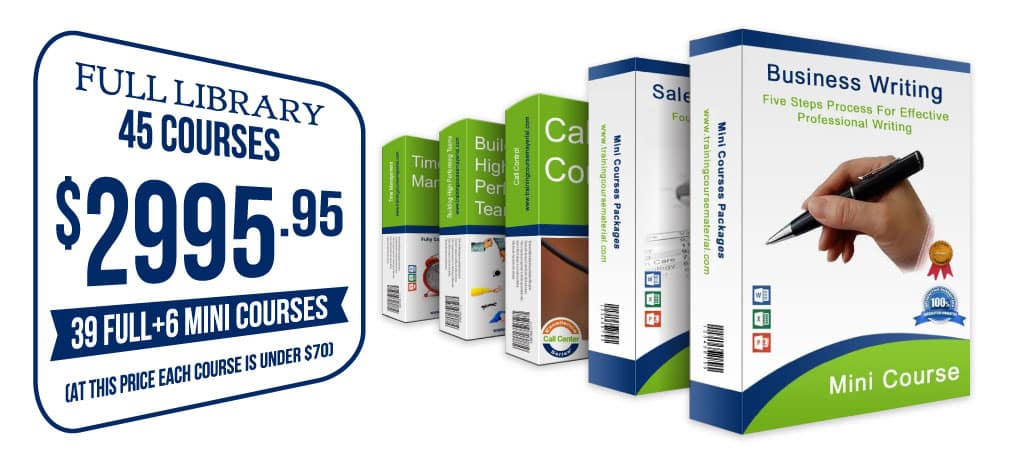Understanding Features, Advantages, and Benefits in Sales Presentations
By Lena Mikhailov
When it’s time to present a product or service, many salespeople fall into the same trap: listing features and stopping there. But features alone don’t sell. Customers want to know how a product fits into their lives or solves their problems. That’s where advantages and benefits come in.
What’s the Difference?
Features are facts about your product. They describe what it is or what it includes.
Advantages explain what those features allow someone to do.
Benefits show how those advantages solve a specific problem for a specific customer.
Why It Matters
People buy based on what matters to them, not what matters to you. If you only sell features, customers will ask, “So what?” But if you link features to benefits that align with their needs, your pitch becomes relevant—and persuasive.
Example Progressions
Let’s look at how one feature can be developed into an advantage and then into a benefit:
- Feature: This mobile phone has continuous access to email.
- Advantage: You can keep in touch with your business on the move.
- Benefit: You can respond quickly to customers, which helps you maintain a strong, professional image—even outside the office.
The benefit addresses a specific need (fast response) and offers peace of mind and confidence—two powerful motivators in purchasing decisions.
Benefit Phrases That Work
- You don’t have to worry because…
- You can be confident that…
- You can be reassured that…
- This will give you peace of mind because…
Practical Tip
Use the formula: Because [feature], you can [advantage], which means [benefit]. This creates a clear bridge from your product to your customer’s needs.
📦 Related Training Resources
About the Author
Lena Mikhailov is a senior sales training consultant with over a decade of experience helping B2B teams sell with confidence. She leads sales workshops across the Middle East and Europe, and her techniques are used by hundreds of professional trainers worldwide.
🧠 How Confident Are You in Your Sales Skills?
Take our quick Confidence in Selling Self-Assessment to identify strengths and areas for improvement.
Reviewed and fact-checked by the TrainingCourseMaterial.com editorial team on . Originally published September 2021.

